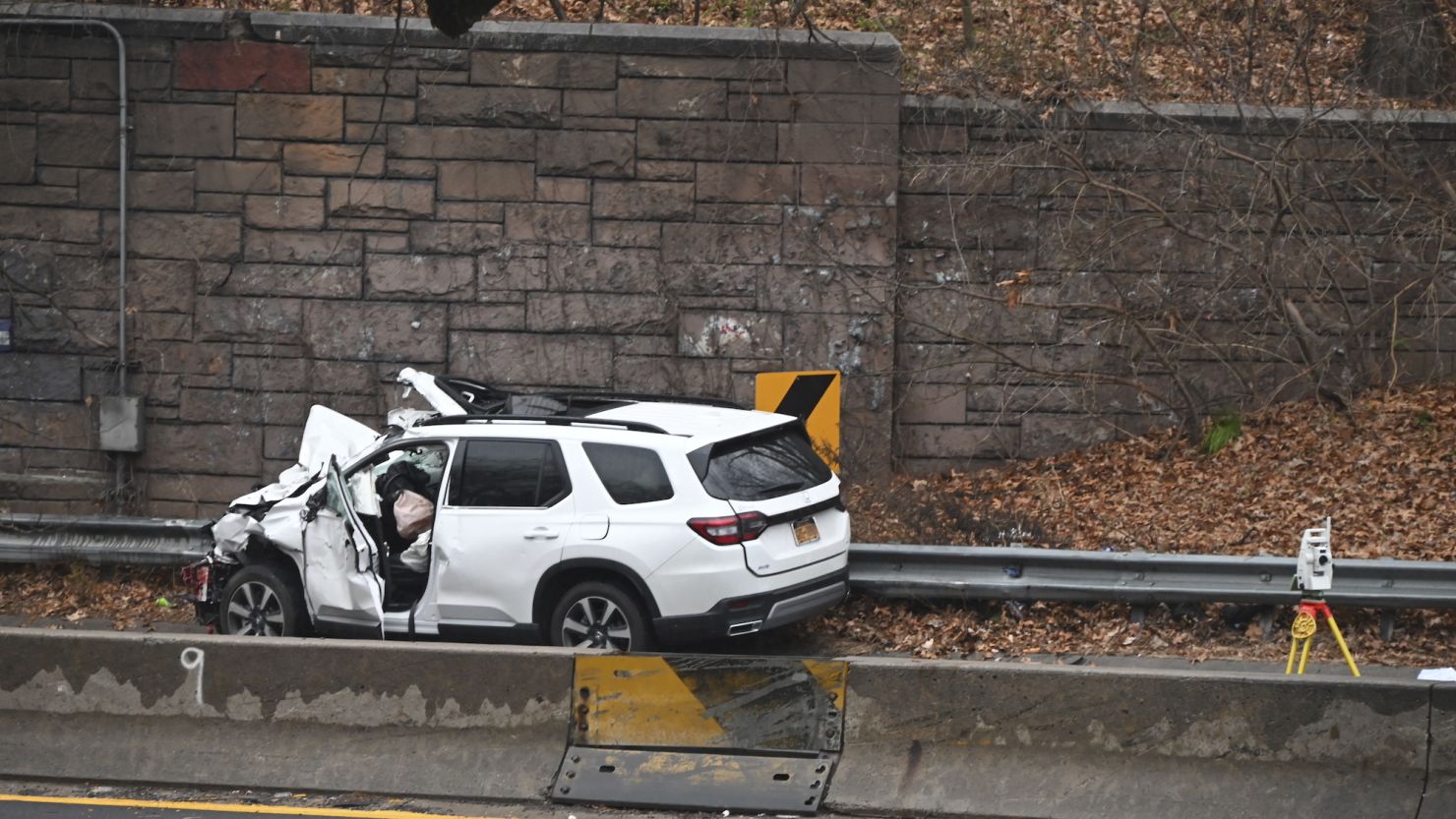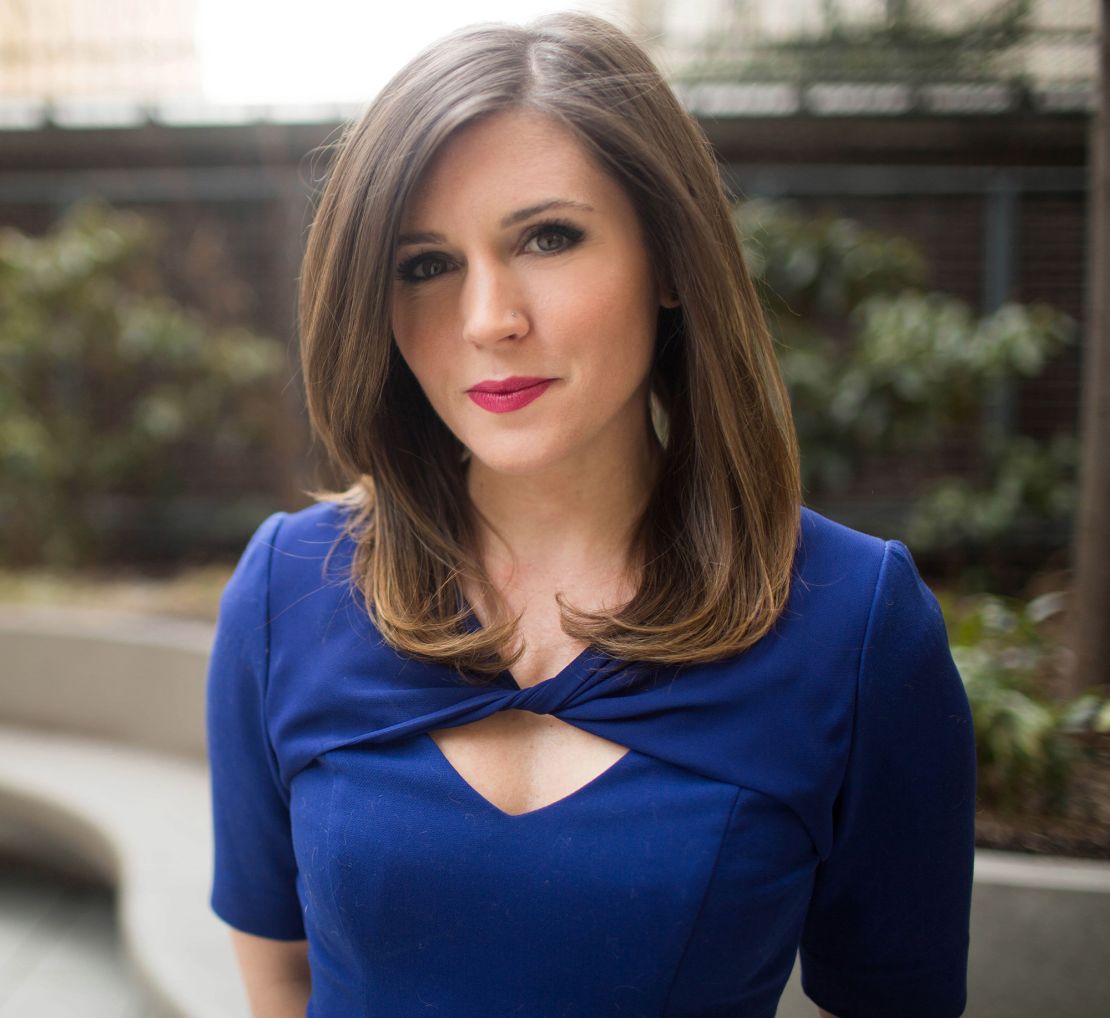
New Year’s Eve is a night of revelry, resolution-setting and, for too many Americans, a precursor to death on the road.

And for the past decade, this dangerous day has kicked off another year of car-related deaths, the numbers of which are only growing. This should be the year we finally do something about it, and make our roads safer for drivers, cyclists and pedestrians alike.
Like gun deaths, this epidemic of car-related deaths is a particularly American problem. Other countries have car deaths too, of course. But among developed and prosperous nations, America stands out in the fact that our proportion of vehicle deaths have gone up since 2010, while they’ve gone down in most of our peer nations, according to a New York Times analysis of data from the Organisation for Economic Co-Operation and Development (OECD). According to a report from the Governors Highway Safety Association, 2022 saw the largest number of pedestrians killed in America in more than 40 years.
One culprit: enormous American cars.
Tall trucks and SUVs with blunt hoods are particularly dangerous — 45% more likely to kill pedestrians compared to smaller vehicles with sloped front ends, according to research from the Insurance Institute for Highway Safety. Some of these trucks and SUVs are so tall that the top of the hood aims squarely at the upper torso and neck of the average American woman.
The risks become fairly obvious when you think it through: If you’re an average-sized adult hit by a sedan, you’re likely going to be hit in the legs or perhaps the pelvis. If you’re hit by a large truck or SUV, though, you’re hit in the torso, or even head and neck. And the driver may not even be able to see what they’ve hit.
Small children become invisible to the driver when they stand in front of these extra-large vehicles. Hundreds of American children have been killed off of public roadways by forward-moving vehicles, most of them trucks or SUVs — in other words, often run over by a driver who simply couldn’t see them beyond the hood.
And it turns out it’s often impossible to see a child over the hood of a large vehicle: NBC Washington had a woman sit in the driver’s seat of a large SUV and then sat children down in front it. They got to 10 kids in a row before she could see one.
These front blind zones have gotten larger as trucks and SUVs have, and safety legislation has been slow. While some legislators have proposed forward-facing cameras so drivers can better see what’s in front of them, more cameras doesn’t solve the core problem: the new norm of bloated, super-sized vehicles that the vast majority of drivers do not need.
Trucks and SUVs today are also significantly heavier than they used to be, with the average truck ballooning 34% in weight since 1990. That’s especially bad news for any pedestrians, motorcyclists or cyclists they hit. They’re also vastly more popular, accounting at multiple points in recent years for 80% of new car sales in the US, according to JD Power data cited in a comprehensive look at ever-larger vehicles in Slate.
These gargantuan vehicles sustain a vicious cycle: Other drivers are concerned for their safety sharing roads and highways with supersized behemoths, and so may in turn opt for bigger cars to protect themselves, even though these larger vehicles often cost more and are far costlier to gas up.







